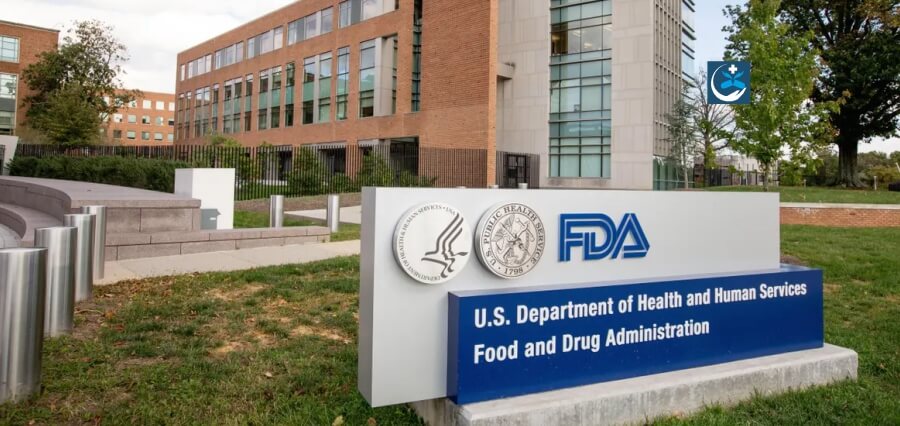The opioid crisis in the United States, the leading cause of death for individuals aged 18 to 45, continues to be a major concern. The crisis, which gained attention in the early 2000s, has seen a sixfold increase in drug overdose deaths from 1999 to 2021, with over 79 out of 100 such deaths attributed to opioids. Robert Califf, the Commissioner of the US Food and Drug Administration (USFDA), expressed uncertainty about when a resolution to the crisis might occur.
Califf highlighted several factors contributing to the opioid epidemic, including overprescribing of opioids by healthcare professionals and socioeconomic factors. Rural America has been particularly affected, with a 325% increase in drug overdose deaths in rural counties over six years. Califf emphasized the complexity of the situation, noting that while urban areas may be experiencing an improvement in quality of life, rural areas are grappling with higher rates of suicide, drug overdose, and gun violence.
Data indicates a 38% increase in opioid overdose deaths as of January 2021, with the stress and anxiety resulting from job losses, isolation, and business closures during the pandemic potentially exacerbating substance abuse. While the USFDA has made progress in addressing prescription opioids, Califf emphasized that the issue is multifaceted and extends beyond the FDA’s primary responsibility. He cited the role of drug cartels in manufacturing and selling high-dose fentanyl in chemical manufacturing plants as one aspect of the problem.
In addressing the crisis, Califf stressed the importance of addressing the underlying question of why there is a demand for opioids in the population. He also expressed the need for wealth distribution to provide hope and a reason for living, particularly in rural communities facing the brunt of the epidemic. Despite challenges, Califf remains committed to addressing the crisis and acknowledges that finding a resolution requires a comprehensive and collaborative approach.







